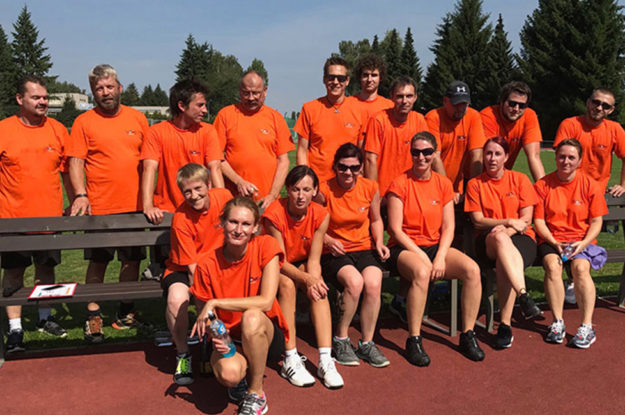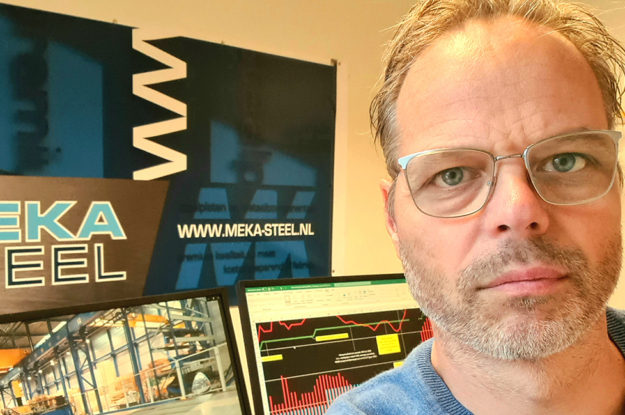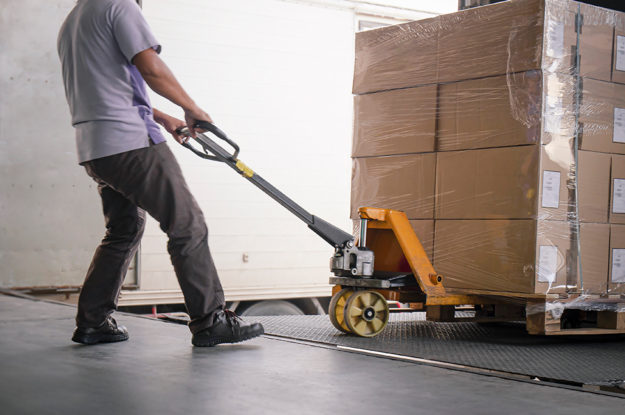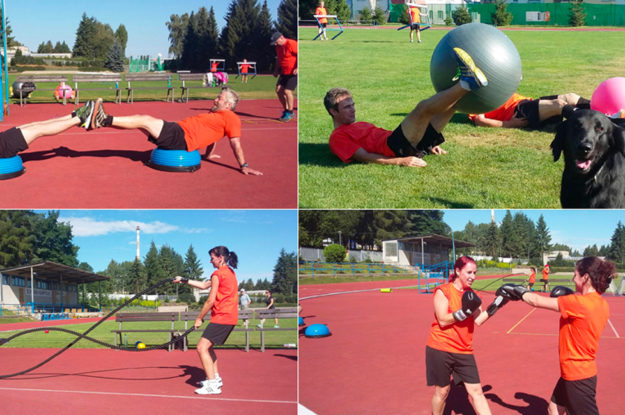Human resources in times of scarcity
Human resources in times of scarcity
Magda Rajdlová: “Employee marketing? There’s no recipe for it!”
Business is booming. The economy is running at full speed. Naturally this is great, but it also has a downside: companies are having a lot of trouble finding the right people. After all skilled workers have the pick of the jobs right now. SixPointTwo is also struggling with this problem. “Unfortunately, there is no ready-made solution,” says HR officer Magda Rajdlová.
Being visible to as many potential employees as possible is a priority for SixPointTwo recruitment. “Now that professionals are scarce, we cannot expect to come across people with the right qualifications immediately. That is why we decided to focus on people without qualifications as well. We can then train them ourselves”, Rajdlová explains.
Pulling out all the stops for attention
Humpolec and surrounding area saw intensive recruiting. “Among the things we did were a bulk SMS, a direct mailing posted through 29,000 letter boxes, and billboards placed at easily visible locations. Always carrying the main message: if you want to roll your sleeves up you are welcome.” Creative concepts formed the basis for commercials with regional broadcasters, and for advertorials and advertisements in local newspapers. “For example, the advertorials made use of the concept: ‘this is how much fun it is to work at SixPointTwo’, and was aimed at candidates for all roles, from cleaner to member of the board. The concept ‘Grandmas and grandads read the newspaper and tell their children about new jobs’ was used in advertisements.” There was mixed success. “The first time a concept was used, the response was good. As soon as we repeated it, it no longer worked. The reason for this is not clear. We will have to select a new approach every time”, Rajdlová concludes.
In-house training not always successful
Actually, SixPointTwo gained quite a few new people from the recruitment campaigns. Those who had the right qualification were put to work immediately. The others received internal training first. “This also created some informative experiences”, says Rajdlová. In-house training is great for roles such as mechanical assembly operator. However, roles involving welding and sheet folding are more complex, and we noticed that in-house training was less helpful.
Continuing to bind and engage employees
Attracting new employees alone is not enough, of course. “SixPointTwo wants to remain an appealing employer, both to newcomers and existing employees. We try to enhance the group spirit by various means, such as a three-monthly newsletter, birthday cards, and exercising together. We even have our own football team taking part in a regional competition”, explains Rajdlová.
The COVID-19 epidemic imposed restrictions on group activities and more. “We found a solution: the Challenge Cup. Every four to five weeks, we organise an indoor activity that is organised and carried out in a coronavirus-proof way, such as rodeo (with a bouncy castle), go-karting, and shooting. For the Challenge Cup, teams can challenge each other, but individual achievements are also rewarded.”
We Care
Team spirit is also an important part of the policy on Corporate Social Responsibility formulated by SixPointTwo. The policy is explained briefly and to the point, in a leaflet for employees. “The leaflet tells employees what SixPointTwo does for them and what SixPointTwo expects from them. Statements such as We Care, We are professional and We are ambitious make it clear that everyone in a group is responsible and takes on responsibility, and that we want to be the best together. We want to emanate this winner’s mentality both within the company and in our contacts with our relationship.” Team building and performance improvement are a work in progress. “Our HR people can often be found on the shop floor. They talk to employees to find out how they are and what they need to bring the best out of themselves.” Rajdlová is convinced it works: “Employee reactions are very positive.”





